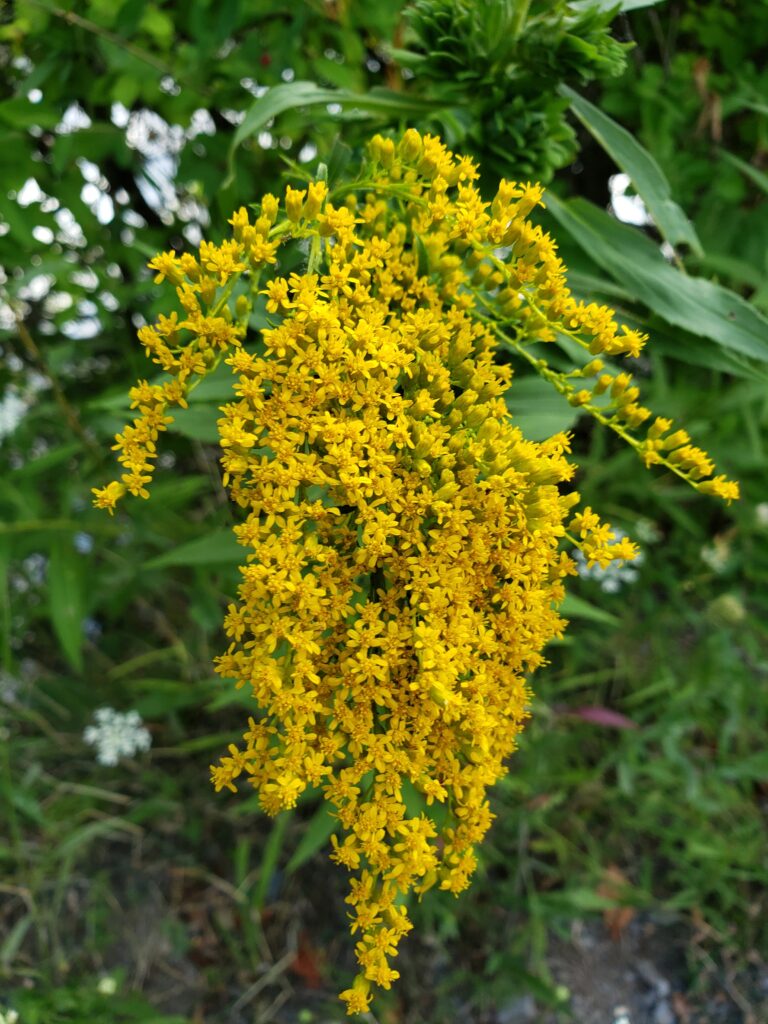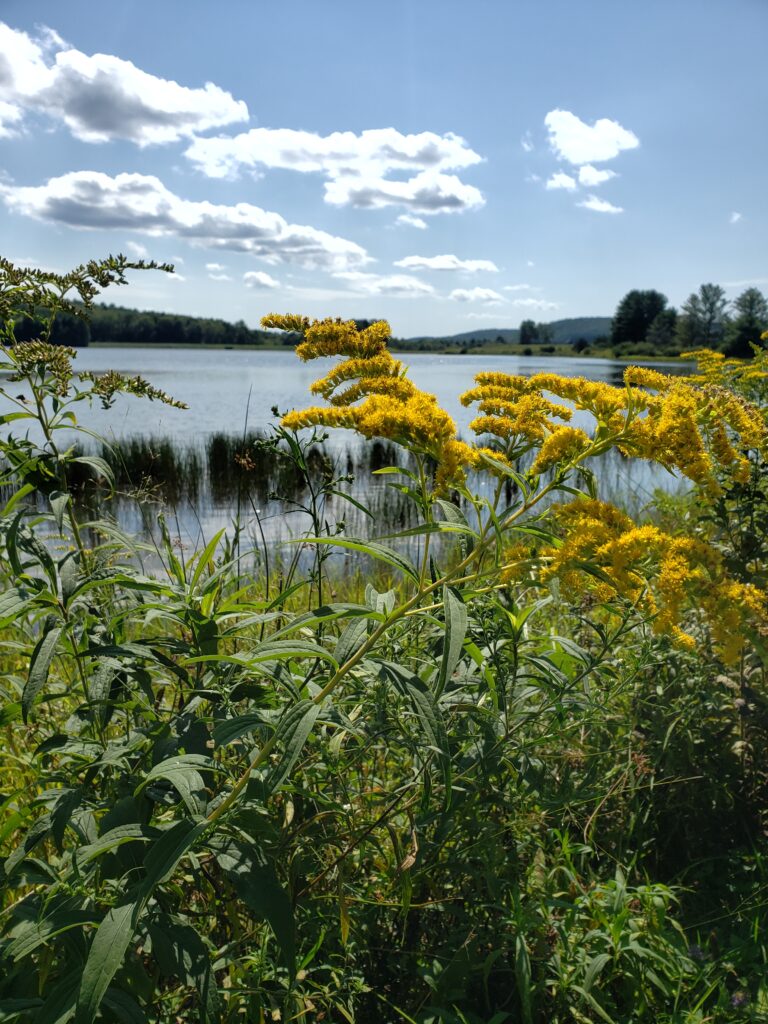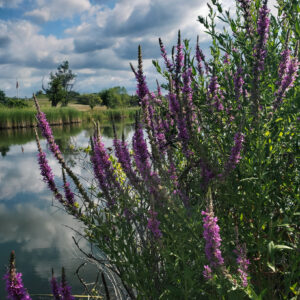What is a Keystone Species?
Keystone species are species that are crucial to the proper function of an ecosystem. Keystones include animals, plants, microorganisms, and even bacteria. They commonly are not the most abundant species but rather the most important. When a keystone species is removed, ecosystems lose balance. Their ecological role holds together the complexity of an ecosystem.
Robert Paine first coined the idea in the 60s after studying the effects of predator seastars’ removal from environments they typically inhabit. When the seastars were removed, mussels took over the area. He saw similar effects when other species, like sea otters, were removed from their environment. The ecosystem balance was off and populations that were usually prey were now exploding, putting a cascading strain on the food web.
Importance of Keystone Species
An ecosystem is an intricate web of interactions between animals, plants, microorganisms, and bacteria with their environment. Keystone species keep the balance of an ecosystem in check. Removing one species may not have an issue depending on its connections within the ecosystem. Remove a keystone, however, and there will be strains felt within the entirety of the ecosystem.
Keystone Species in your Backyard
Every ecosystem has keystone species. Even with the ecosystem of our backyard, we have species that play an important role. Keystone plants can support more than 200+ different caterpillars depending on the plant. A Native oak can support over 300+ different caterpillar species. These caterpillars provide food for many native birds. If the oak tree is removed, not only do the caterpillar species suffer, but the bird populations as well. Within our yards, we look to encourage wildlife, without the keystone species, the wildlife simply does not come.

Planting Keystone Plants
The National Wildlife Federation has a wonderful tool to determine the Keystone Plants. When you type in your zip code, it provides a list of plants and the number of species of caterpillar it supports. The list is in order of species that support the most. It also provides information on the specific species of butterflies and moths. It is a fantastic tool to use when planting natives in your yard. For example, in my zip code, native Goldenrods support 138 species and Chokecherry supports over 400 different species of caterpillars.


Each species fills a unique role within the ecosystem. Not all species are keystones, only those that when removed, disrupt the balance of the ecosystem. While it is difficult to determine for sure what species are keystone without witnessing first hand, we can make informed guesses. Although, the only way to know for sure what happens to the ecosystems is to observe what happens once a species disappears. Often times, other species will fill the void including non-native species. Keystone species are important because they maintain the balance of the ecosystem. Without them, it collapses.






Leave a Reply